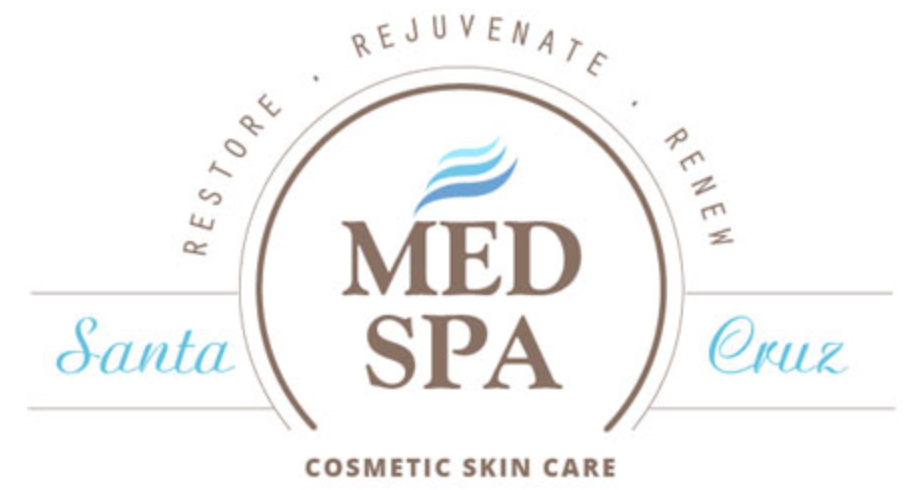
All of us have sun-damaged skin. We see it, it worries us, it gets worse with our favored outdoor activities and work. Studies of identical twins with varying sun exposure levels, show vastly different degrees of skin wrinkle severity and laxity. UV light damages skin, and it all adds up over time: we know it is cumulative.
Photorejuvenation has become commonly accepted as safe, reliable, and has few complications. It offers realistic hope of helping treat a variety of benign pigmented lesions, and really tough problems refractory to treatments other than laser — like melasma and rosacea.
The new powerful, 2-Joule Q-switched ND-Yag laser recently showed improvement in melasma in series of 4 treatments. Melasma, “the mask of pregnancy,” can occur even with oral contraceptive use, seems to darken with sun exposure disproportionate to surrounding skin. It is resistant to chemical peels, IPL,and doesn’t seem to just fade away over time. Q-switched 1064 nm light treatments offer a nice option, with good chances of improvement.
Through the process of Selective Thermolysis, photoaged skin selectively absorbs laser light, heats, and target lesions damaged and can be eliminated by the body. Underlying skin can rejuvenate healthier than before. These are tough lesions to treat, with long treatment intervals of 1-2 months. Benefit is slow, and much patience and cooperation on the part of the patient required. Post-laser, patients must avoid sun contact for at least 3-4 days then, in general, avoid sun and stress for a month. Use zinc-oxide or titanium-dioxide containing sunblock, hats, and sunglasses.
Non-Ablative lasers for photorejuvenation, are preferible to fractional ablative lasers — they have less recovery time and pain, and less incidence of complications like hypopigmentation or hyperpigmentation.
